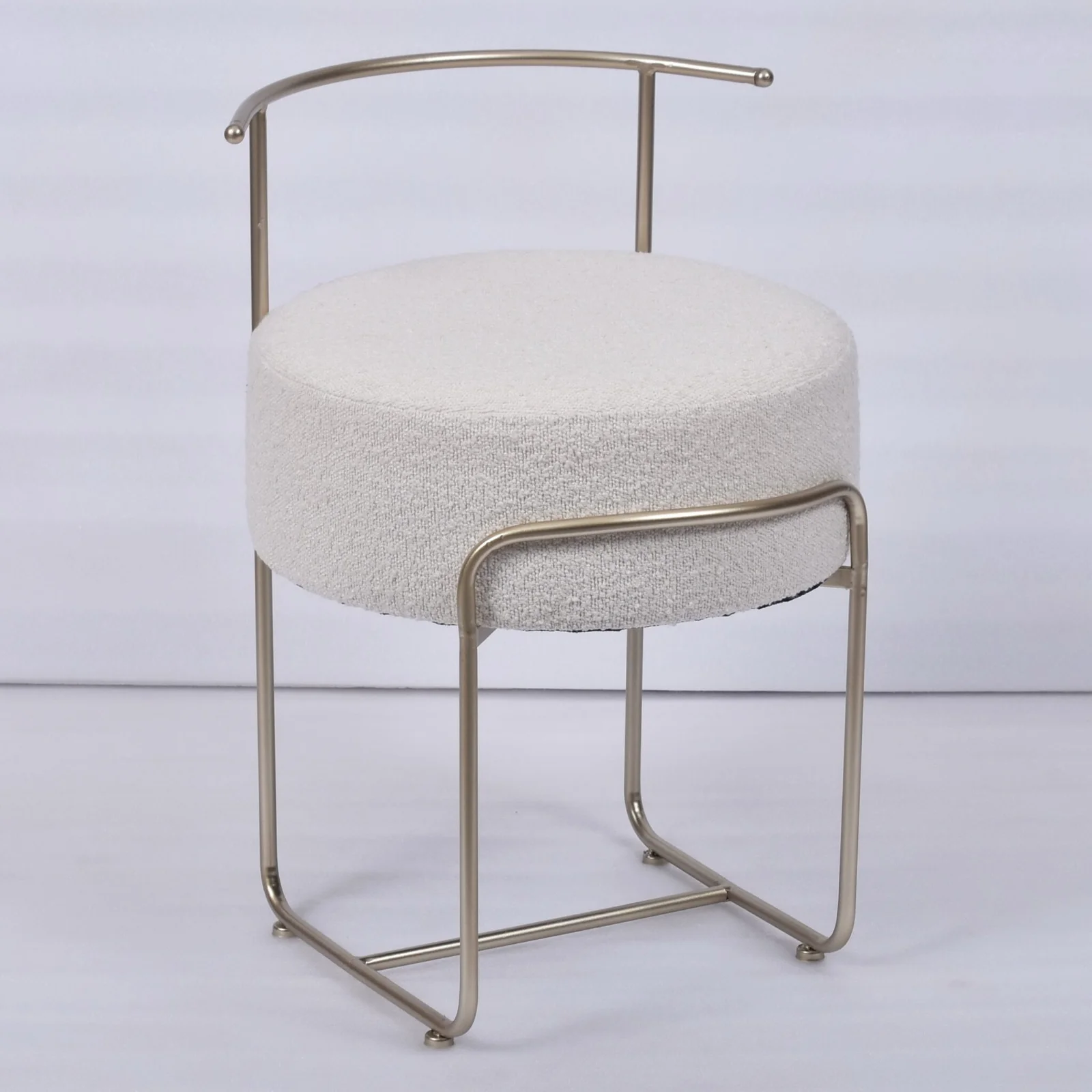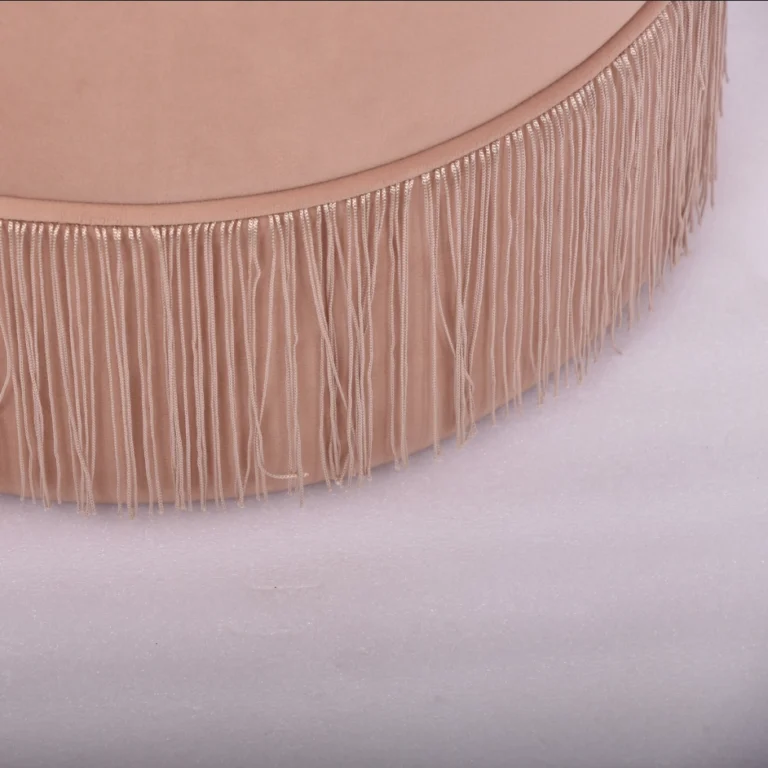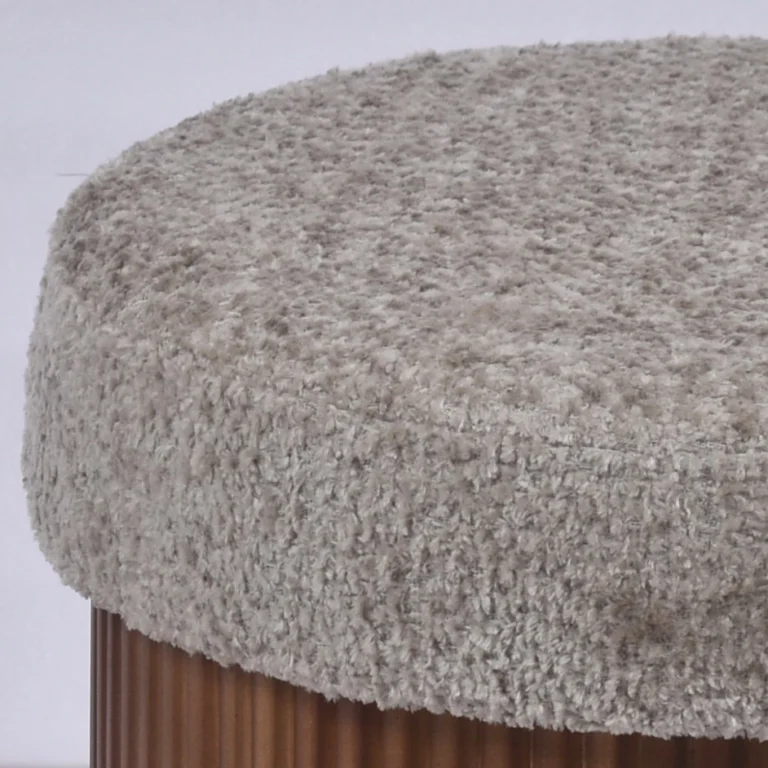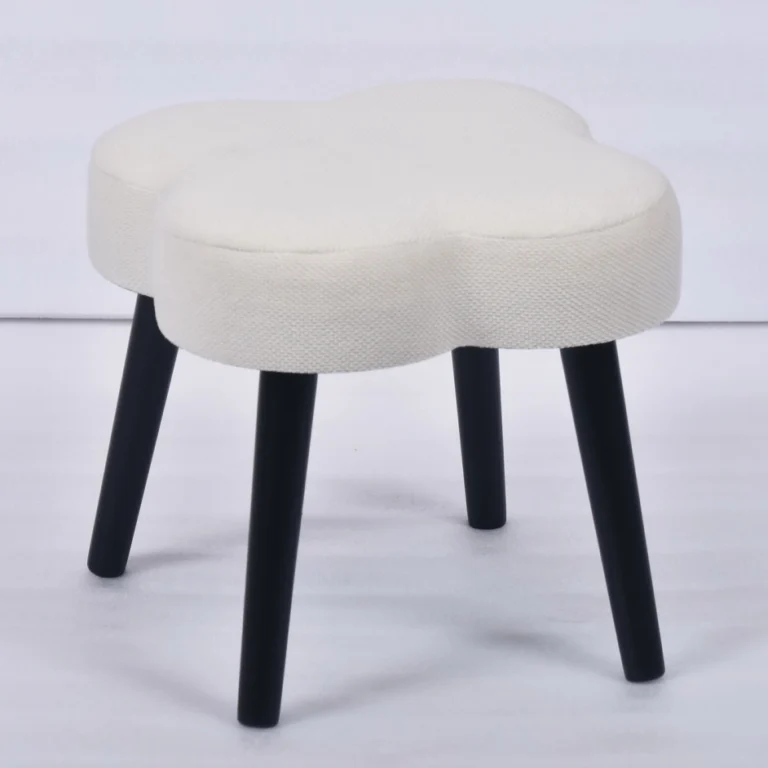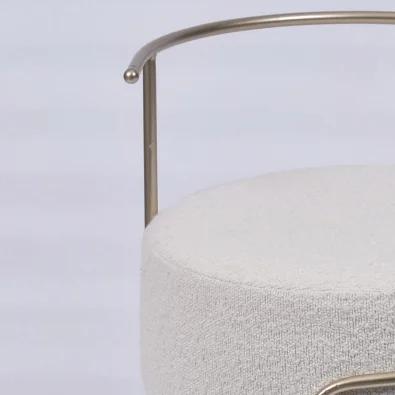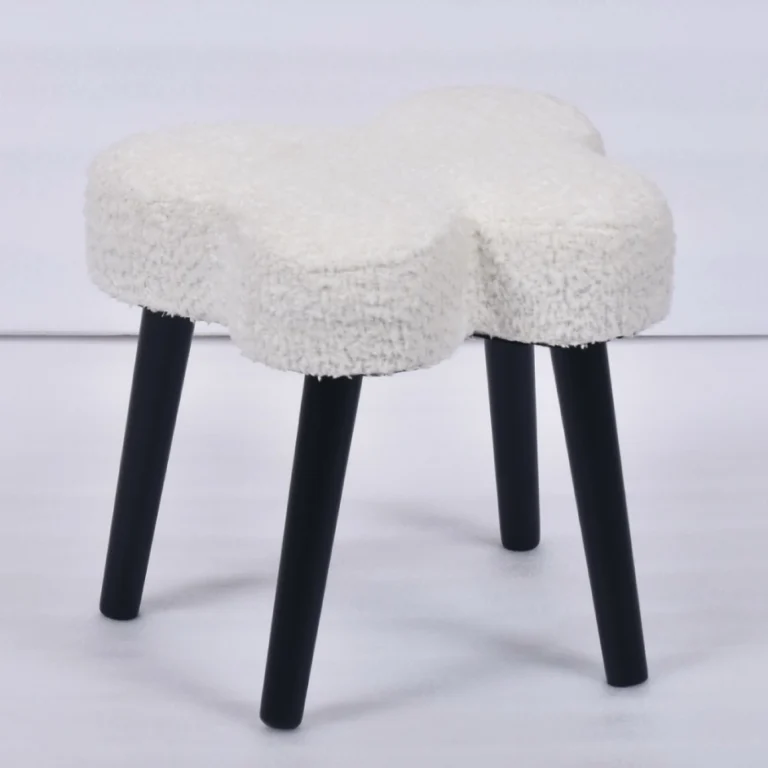A Modern Footnote to the Arabian Nights: Teruier Furniturer’s Ottoman Cabinet
A Modern Footnote to the Arabian Nights: Teruier Furniturer’s Ottoman Cabinet
In the creases of light and shadow within Istanbul’s old city, the curves of Hagia Sophia’s dome once danced for six centuries with the vines of Ottoman stone carvings. Today, Teruier Furniturer has melted this transcontinental genetic code into a walnut cabinet—a spice chest and a whiskey cellar, a hidden treasure in a Beirut antique shop and the centerpiece of a Parisian Left Bank salon.
The Poetry of Function: Resonance of Three Civilizations
The Alchemy of Space
The cabinet embodies the spirit of “Neo-Ottoman” style, with its laminar airflow design subtly echoing desert caravans’ yearning for a breeze. Its brass hinges open and close with the solemnity of a sultan’s palace gates. Six tiered compartments accommodate the roundness of Moroccan glazed tagines as gracefully as the slender necks of Burgundy wine bottles—a contemporary interpretation of what Loriodière called “evading historical mimicry and trend servitude.”
A Dialogue of Civilizations Through Material
The surface is inlaid with Levantine mother-of-pearl, its swirls mirroring the lunar trajectories of Topkapi Palace tiles. The side panels, crafted from Anatolian walnut, bear wood grains that trace the waterways of the Danube and the Euphrates. Fingers brushing against the Caen limestone countertop awaken the memory of Crusader armor with its cool touch.
Fugue of Scenes: From Sheikh’s Tent to Loft
Tea Room by the Medina Bazaar
Unfolded into a low table, the cabinet holds a steaming mint teapot on an enamel tray, while hidden drawers cradle a Quran and an Arabic coffee pot in shared warmth.
Tribeca Loft, New York
Rotating doors slide open to reveal an array of whiskey glasses, backlit by LEDs, as a cold-brew system maintains a 4°C desert-night chill.
Iznik Pottery Atelier
Removable shelves cradle unglazed pottery, while humidity control revives ancient glaze recipes in the digital age.
The Soul of Teruier: A Contemporary Translation of a Vanished Empire
While Western museums lock Ottoman copperware behind glass, Teruier chooses to let history live in the folds of daily life. Every hand-planed curve whispers Suleiman the Magnificent’s decree that “utility is sacred”; every dovetail joint reimagines the reconciliation of Byzantine mosaics and Baroque gilding. This is no nostalgic fantasy, but a manifesto for Damascus roses to bloom anew in concrete jungles.
“We restore not furniture, but the capillaries of civilization’s self-healing.”
—Teruier Furniturer’s Artisan Maxim

